What Are Cleistocactus Cacti – Cleistocactus Cactus Care Tips
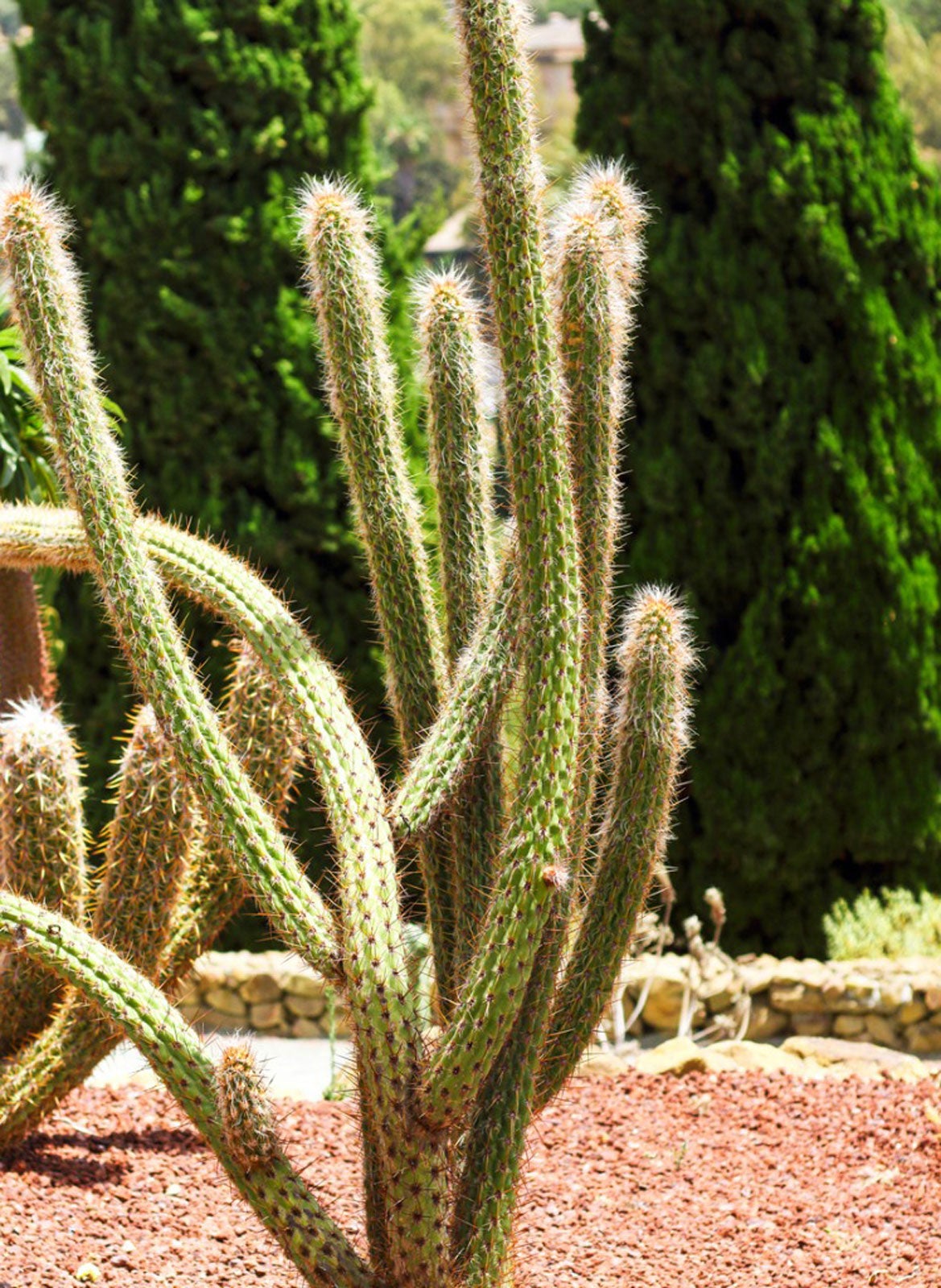

Growing Cleistocactus cactus is popular in USDA hardiness zones 9 through 11. It adds an interesting form to the area where it is planted in the landscape. Read on for more info.
What are Cleistocactus Cacti?
Some of the more commonly planted cacti are of the Cleistocactus genus, like Silver Torch (Cleistocactus straussii) and the Golden Rat Tail (Cleistocactus winteri). These may also grow in large containers.
“Kleistos” means closed in Greek. Unfortunately, when using this as part of the name in the Cleistocactus genus, it is referring to the flowers. Multiple blooms appear on all varieties in this genus but don’t fully open. The plant offers a sense of expectancy that is never fulfilled.
These plants are native to the mountainous regions of South America. They’re found in Uruguay, Bolivia, Argentina, and Peru, often growing in large clumps. Multiple stems grow from the base, remaining small. Info about these cacti says their features are small but abundant.
Photos of the opening flowers show there are many blooms on each type. Flowers are shaped similarly to a lipstick tube or even a firecracker. In appropriate conditions, which are rare, flowers open completely.
The Silver Torch can reach 5 feet (1.5 m.) in height, while the Golden Rat Tail stems are about half that long with drooping, heavy columns cascading from the container. One source describes it as a tangled mess. It is attractive, though, to those who love the various forms of cacti.
Plants are easy to grow and maintain in the southern landscape or in a container that comes inside during winter.
Gardening tips, videos, info and more delivered right to your inbox!
Sign up for the Gardening Know How newsletter today and receive a free copy of our e-book "How to Grow Delicious Tomatoes".
Cleistocactus Cactus Care
Tending a cactus of this family is simple once the plant is properly located. Plant Cleistocactus in full sun in fast-draining soil. In the hottest areas, this plant prefers light afternoon shade. It is possible to provide full sun when the plant gets only morning sun if the sun reaches it early in the morning.
Water in spring and summer when the top few inches (8 cm.) of soil are dry. Reduce watering in autumn to about every five weeks if the soil dries out. Withhold water in winter. Wet roots along with cool temperatures and dormancy often cause root rot on these and other cacti. Many cacti should not be watered at all in winter.

Becca Badgett was a regular contributor to Gardening Know How for ten years. Co-author of the book How to Grow an EMERGENCY Garden, Becca specializes in succulent and cactus gardening.
-
 Moody Blooms For Spring: 8 Types Of Black Flowers To Add Drama To Spring Displays
Moody Blooms For Spring: 8 Types Of Black Flowers To Add Drama To Spring DisplaysFrom midnight burgundies to inky violets, several types of black flowers can enrich and embolden a spring display. Try these brooding bloomers for a moody garden
By Tonya Barnett
-
 My Homemade Orchid Fertilizer Always Brings More Blooms – Here's The Easy Recipe That Transforms Plants
My Homemade Orchid Fertilizer Always Brings More Blooms – Here's The Easy Recipe That Transforms PlantsScientist-turned-gardener Mary Ellen Ellis shares her tried-and-tested DIY orchid fertilizer recipe, plus more ingredients to try for healthy, happy plants.
By Mary Ellen Ellis
-
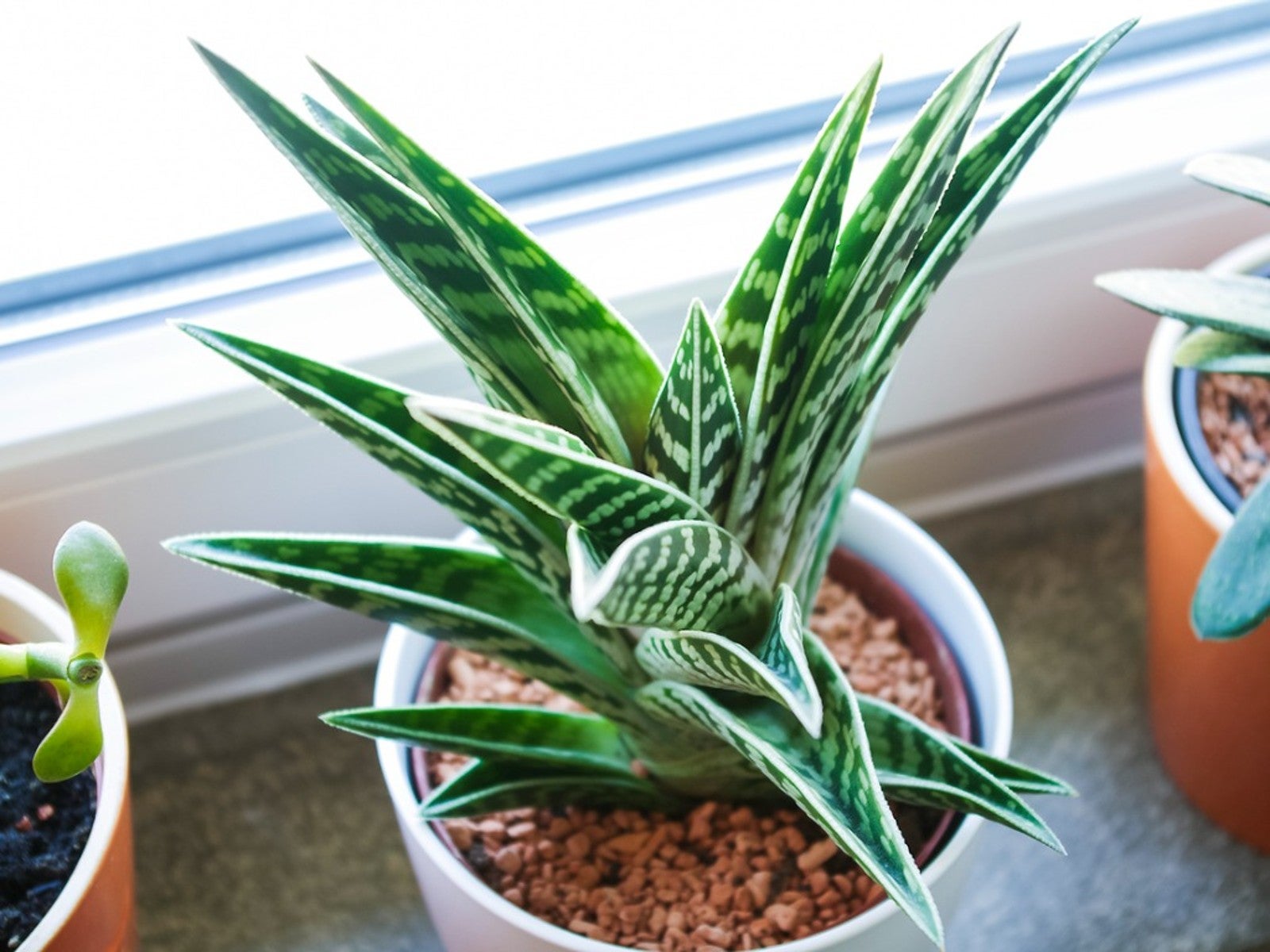 Variegated Succulents To Add To Your Plant Collection
Variegated Succulents To Add To Your Plant CollectionRead about some of the pretty variegated species that add beauty and interest to your succulent collection.
By Becca Badgett
-
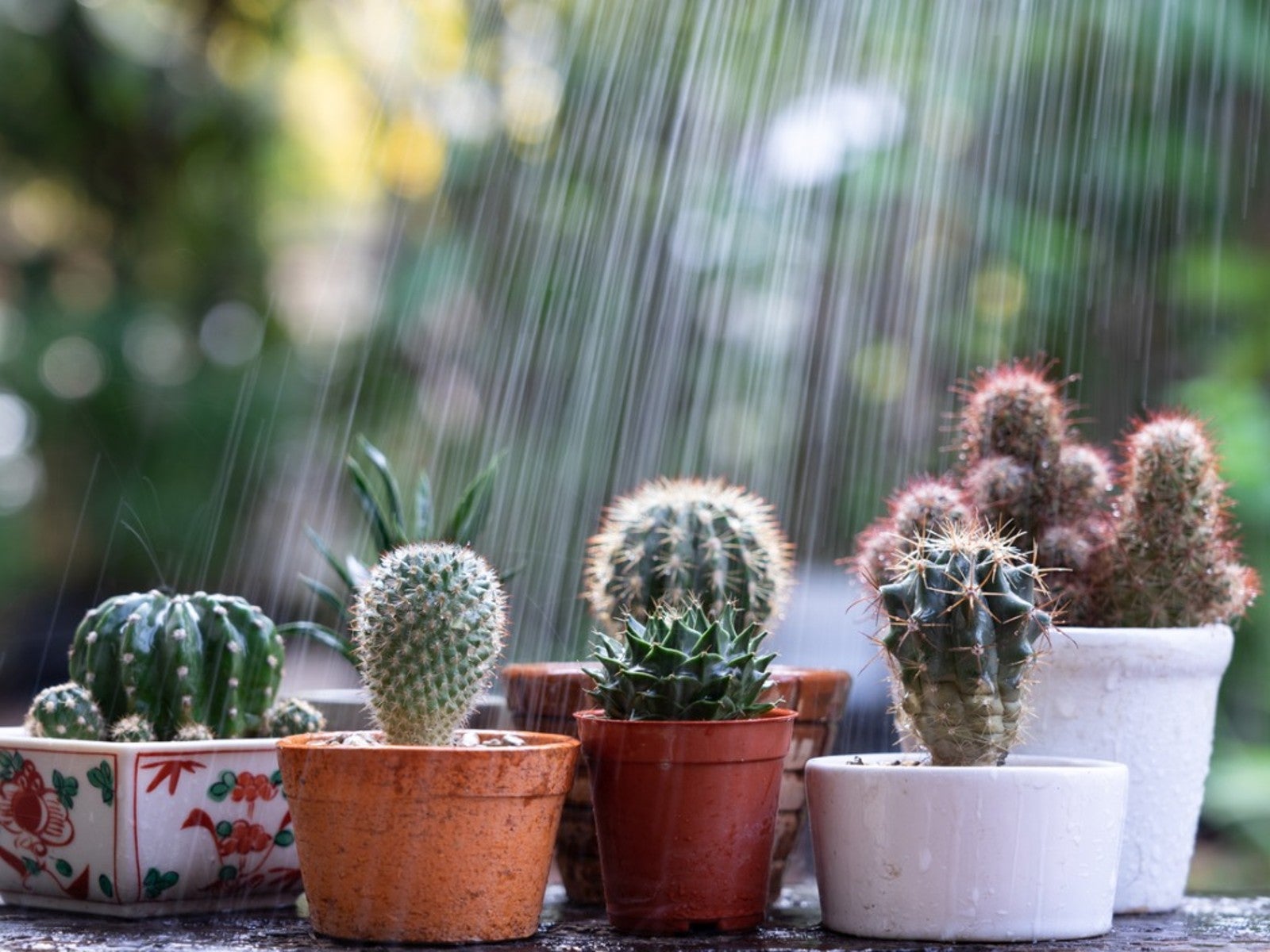 How To Protect Succulents And Cacti From Rain
How To Protect Succulents And Cacti From RainRain has the potential to cause damage to our cacti and succulents. However, when planted in proper soil, rainfall may perform as just a deep watering. Read on for more.
By Becca Badgett
-
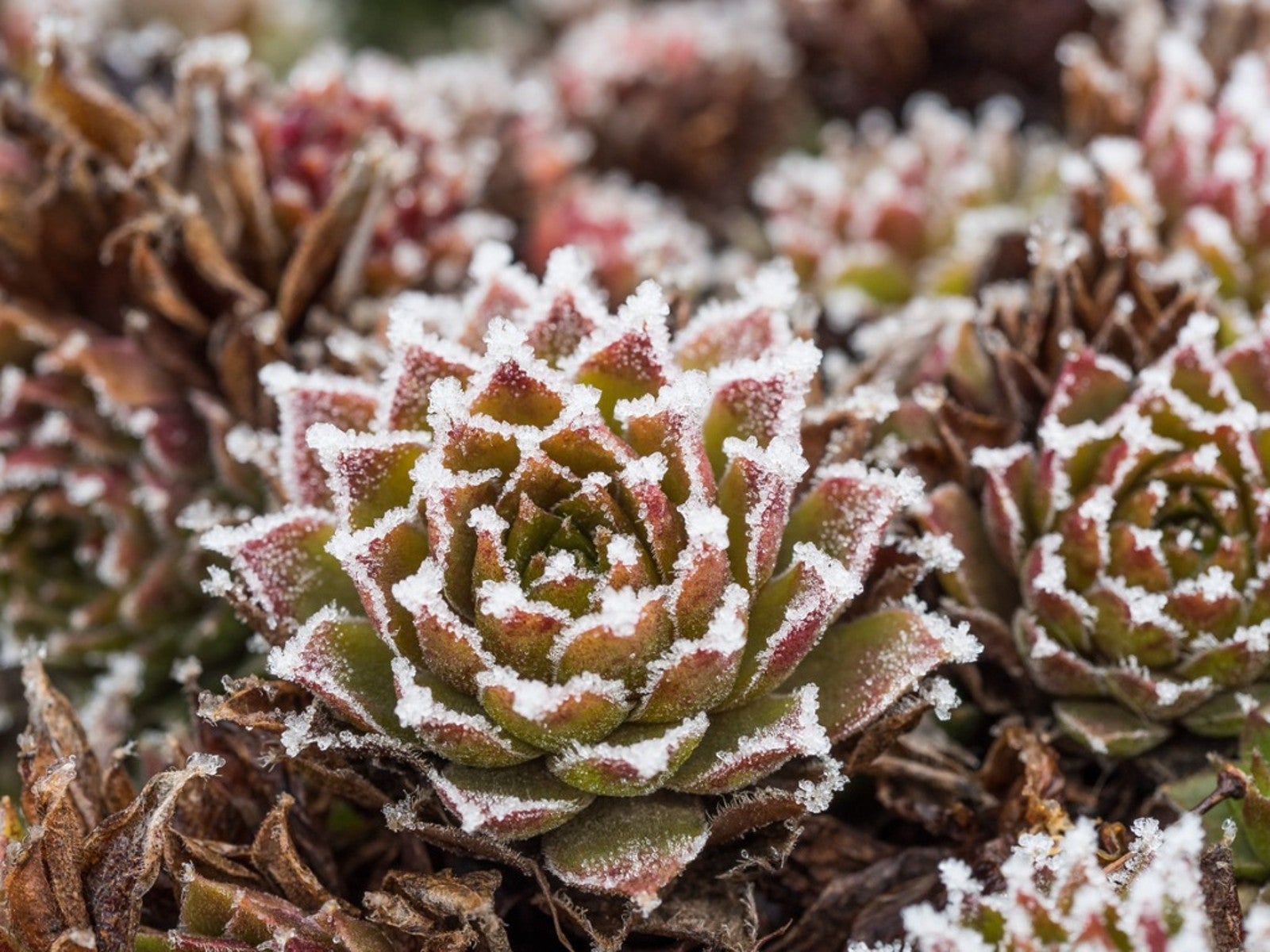 Succulents and Frost: How To Save A Succulent From Frost Or Freeze
Succulents and Frost: How To Save A Succulent From Frost Or FreezeCan succulents withstand cold? Succulents and frost don't traditionally go together and can result in damage, but you may be able to save frozen succulents.
By Bonnie L. Grant
-
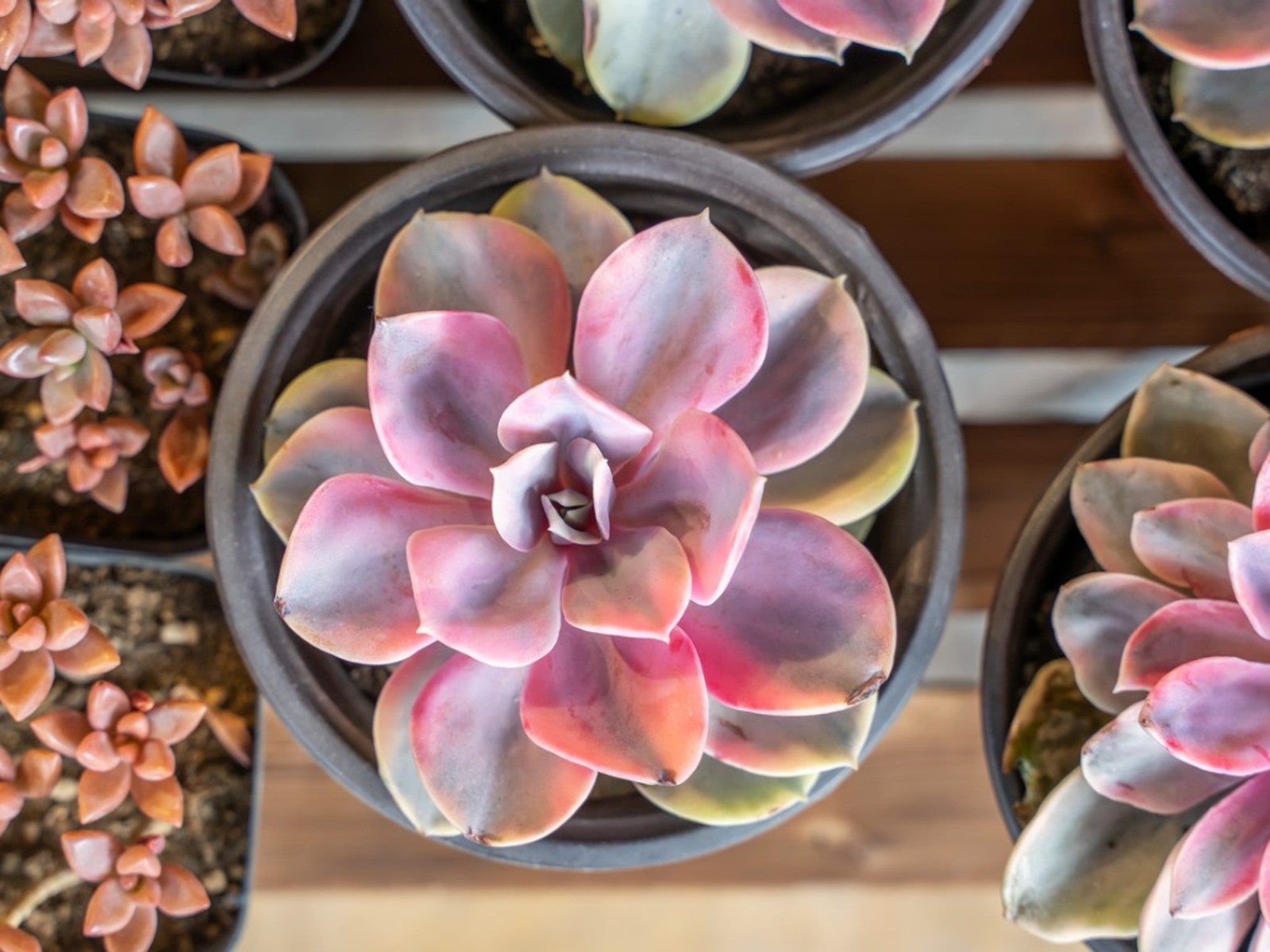 Pink Succulents Varieties To Try: How To Grow Perfect Pink Succulent Plants
Pink Succulents Varieties To Try: How To Grow Perfect Pink Succulent PlantsPink succulents may display the color on leaf edges or with streaks or blotches mingled throughout the foliage. Here are our favorites.
By Becca Badgett
-
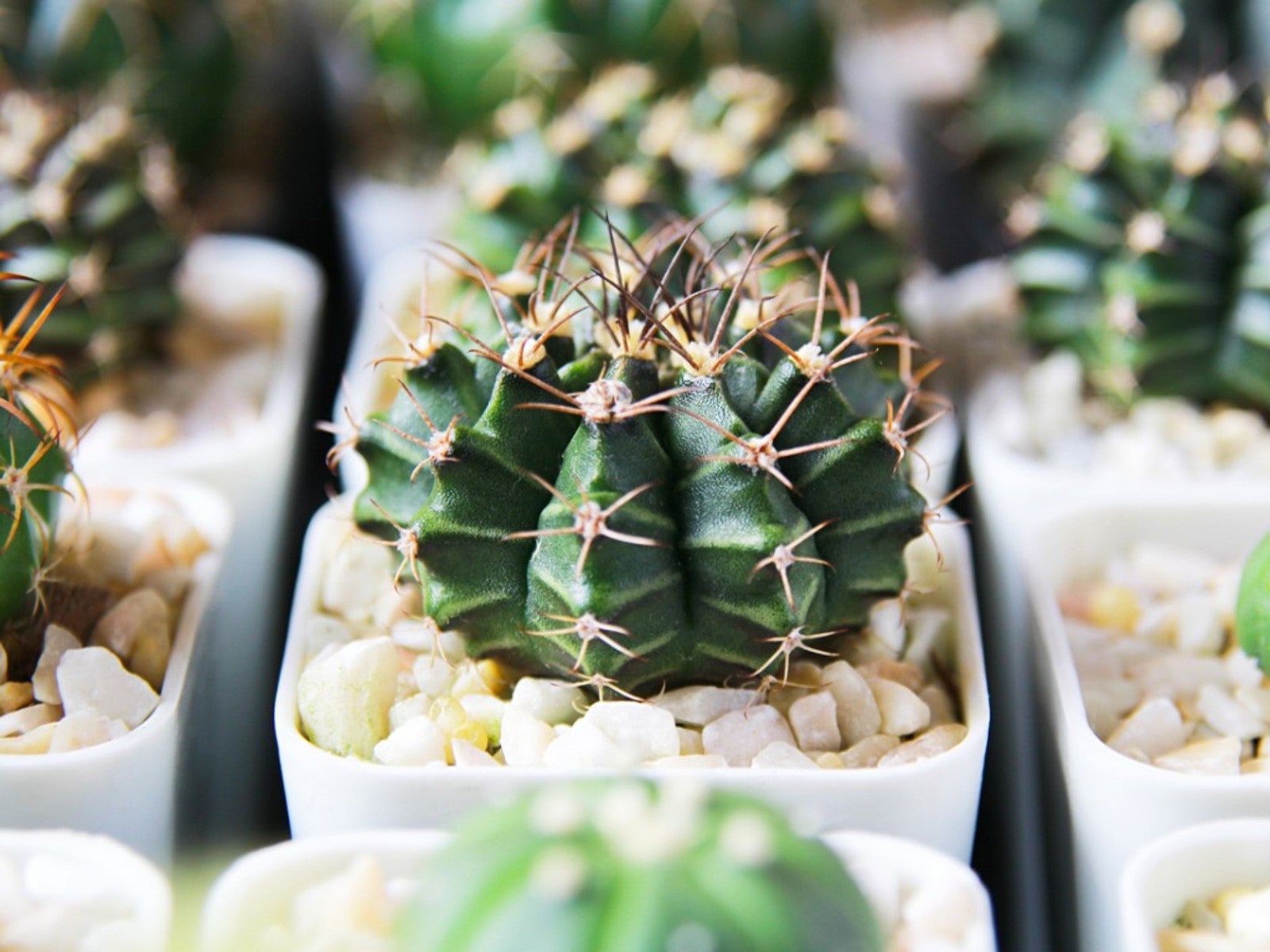 10 No Fuss Cacti - What’s The Best Low Maintenance Cactus
10 No Fuss Cacti - What’s The Best Low Maintenance CactusIf you’re thinking of adding plants to your collection, consider no fuss cacti. Click here for an easy cacti list, even for beginners.
By Becca Badgett
-
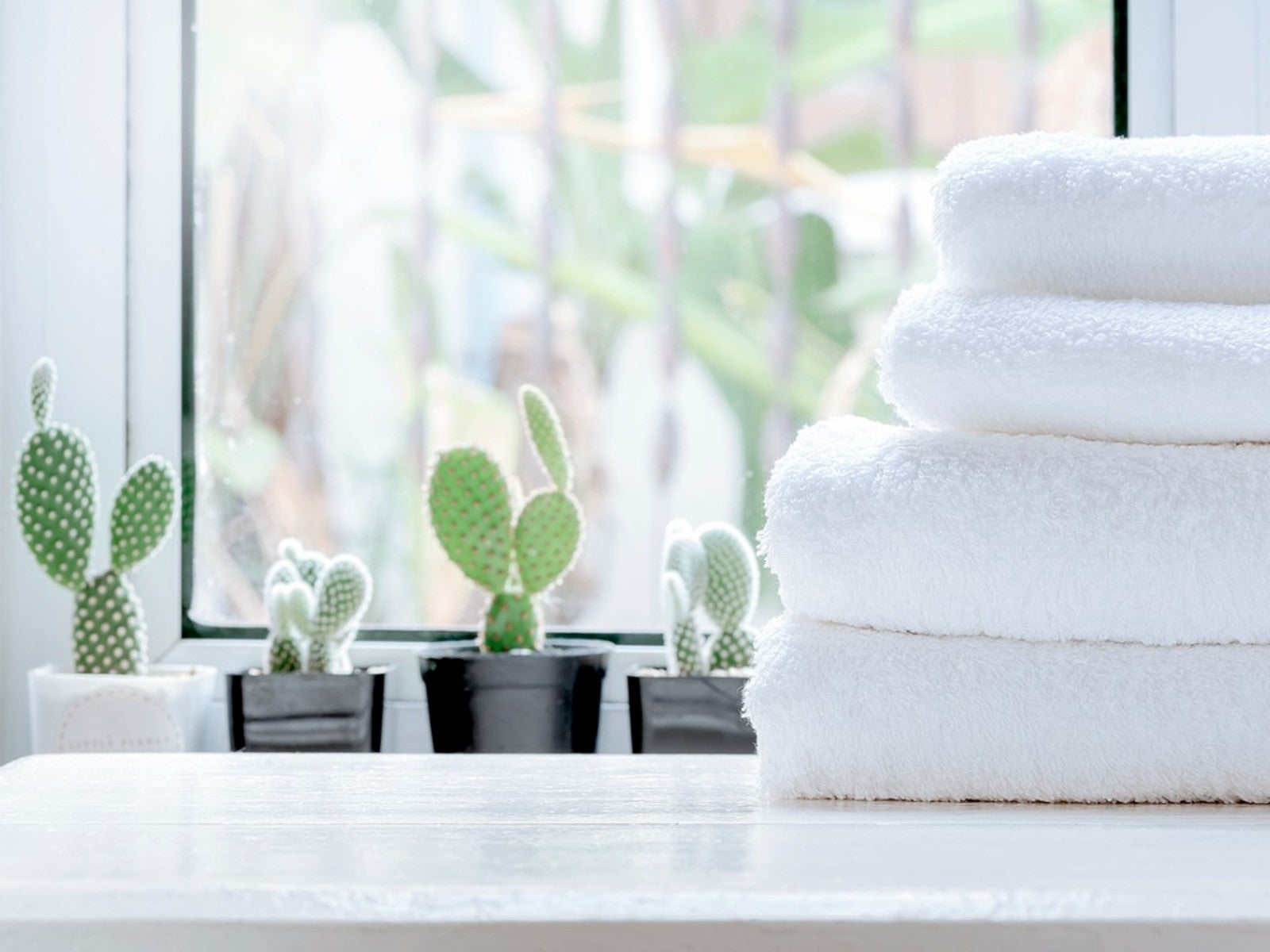 5 Best Succulents For A Bathroom
5 Best Succulents For A BathroomSome succulents can be great options for bathroom decoration. Read on for our top five bathroom succulent ideas.
By Becca Badgett
-
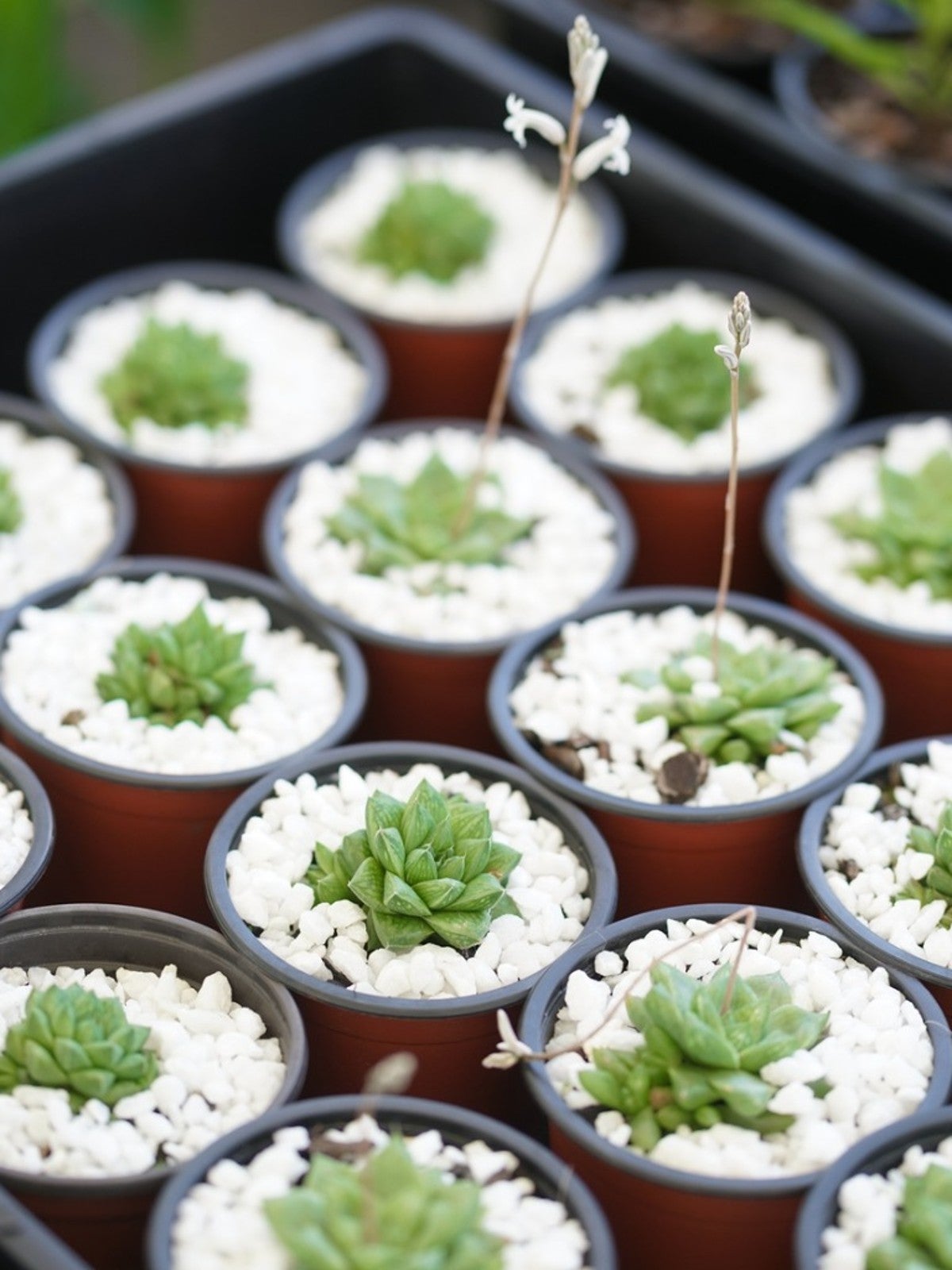 What Is A Succulent Starter Kit - Best Succulent Starter Kits
What Is A Succulent Starter Kit - Best Succulent Starter KitsWhile garden kits are not the most inexpensive option for growing succulents, they do include everything you’ll need. Grow succulents from seed by using a succulent seed starter kit to learn the process and to check your results.
By Becca Badgett
-
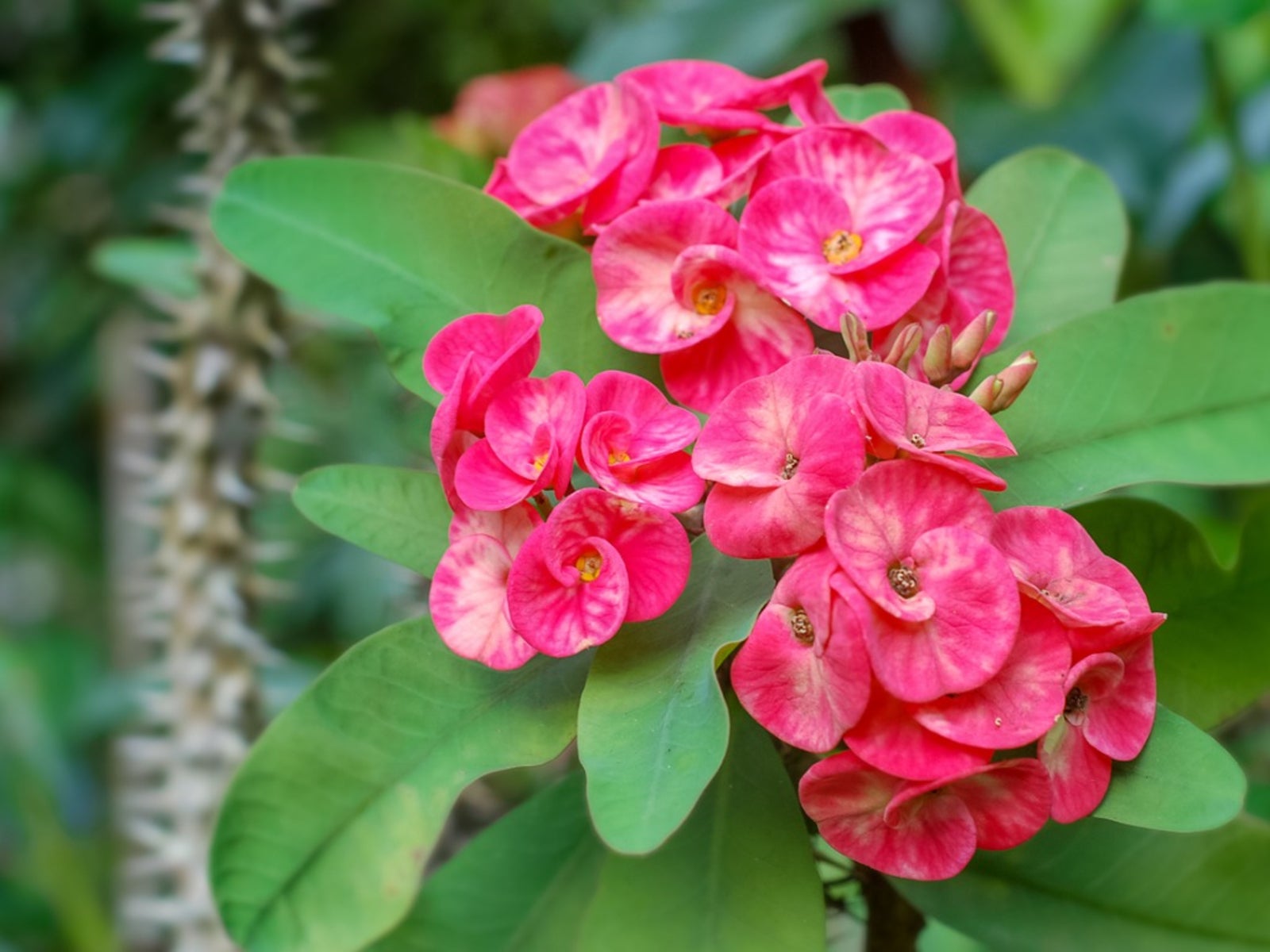 Dazzling Succulents - Succulents With Striking Flowers
Dazzling Succulents - Succulents With Striking FlowersWhen you think of succulents you may just envision their unique leaves and stems. But succulents also produce bright and bold flowers in the right conditions. Read on to learn more.
By Bonnie L. Grant